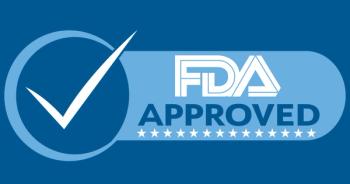
FTC explains Health Breach Notification Rule
The agency wants to give clarity to the Health Breach Notification Rule.
Because of the prevalence of apps and connected devices transferring health data, the Federal Trade Commission (FTC) is offering clarity on the Health Breach Notification Rule.
According to
Simply put, the statement says those entities covered by the rule which have experienced breaches cannot hide this from the consumers who have trusted them with sensitive health information.
Issued more than a decade ago, the rule’s requirements with respect to health apps and connected devices are more important than ever with the explosion in their use. While the FTC has advised mobile health app to examine their obligations under the rule, the agency has never enforced it and many entities appear to misunderstand its requirements, according to the statement.
The statement goes on to explain that the rule is triggered when a vendor of PHR with individually identifiable health information created or received by a healthcare provider experiences a breach of security. These breaches are not limited to cybersecurity intrusions or nefarious actions. Incidents of unauthorized access, including sharing of covered information without the individual’s consent, triggers the notification obligation of the rule.
Cybersecurity concerns
The COVID-19 pandemic has
Some
- Protect your internet connection
- Protect wi-fi hotspots
- Protect your windows
- Secure wi-fi access
- Limit wi-fi access time
- Use a VPN for remote access
- Beware of your printer and copier
- Always have a backup
Newsletter
Get the latest clinical updates, case studies, and expert commentary in obstetric and gynecologic care. Sign up now to stay informed.










